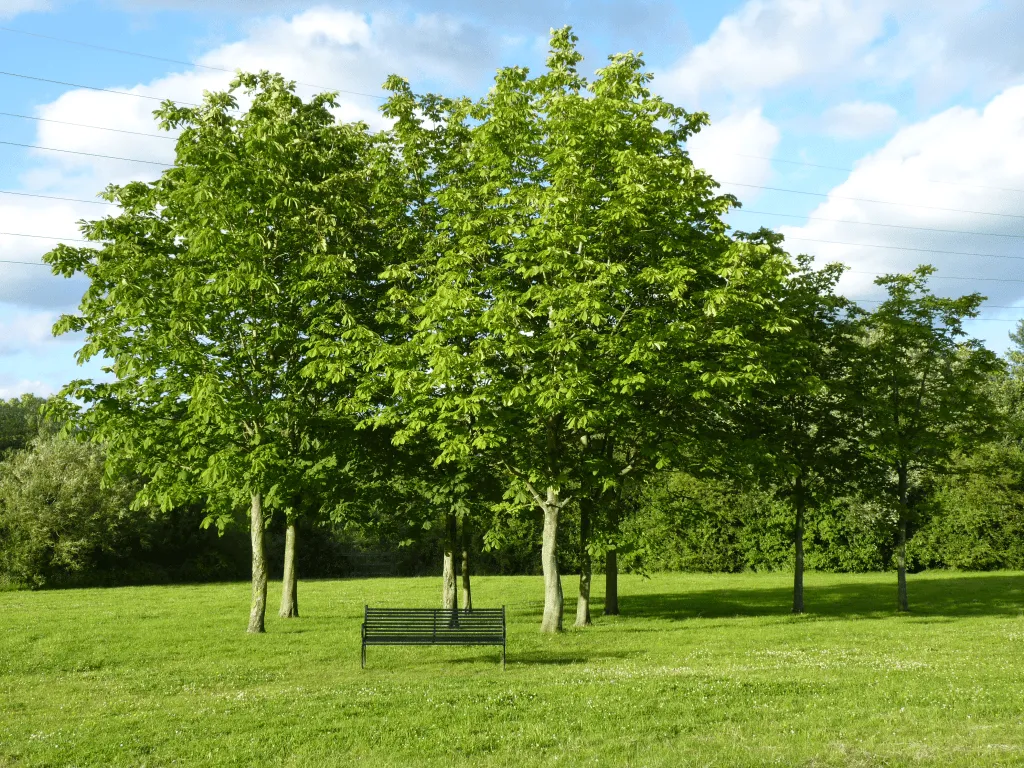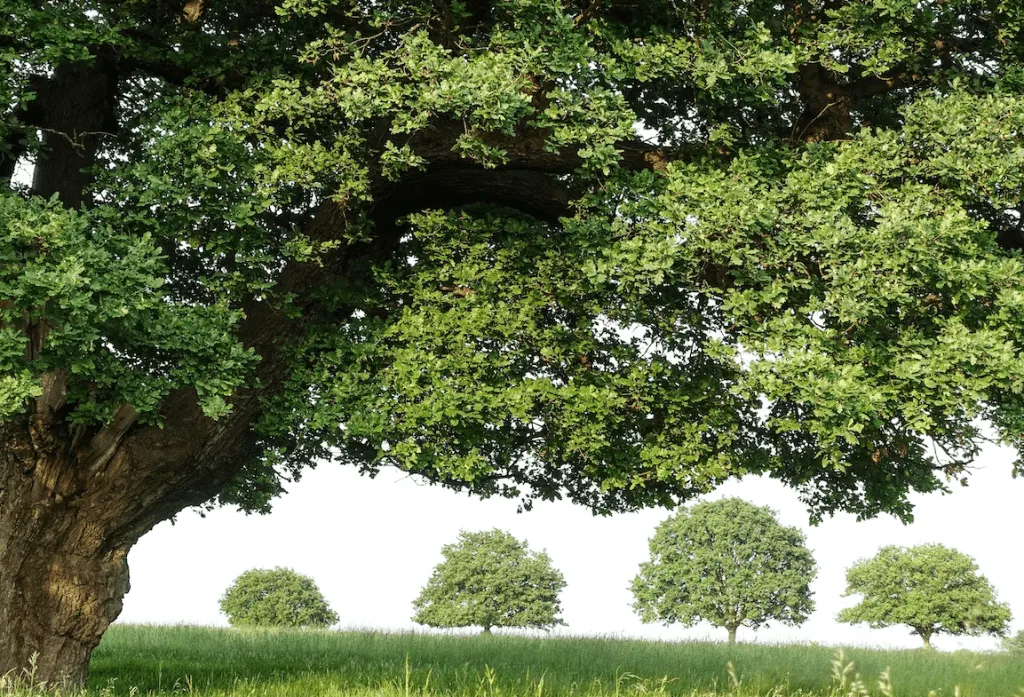Nearly a third of the world’s tree species are at risk of extinction, while hundreds are on the brink of being wiped out, a report released published in August 2022 in the journal Plants, People, Planet.
The report found that 17,510 tree species, about 30% of the total, are at risk of extinction, while 440 species have fewer than 50 individuals in the wild. That amount converts to a staggering 29.9 per cent of tree species.
The State of the World’s Trees, released last year by Botanic Gardens Conservation International, revealed that nearly a third of the world’s 58,497 tree species are at risk of extinction.

But that is not all. This number excludes species that scientists have not yet recorded or species that experts do not have enough information about. If this figure included the latter category, the percentage of tree species in danger of extinction could reach 51.3 per cent.
Endangered species
Some 142 species have already disappeared from the wild, while 442 are on the verge of extinction and fewer than 50 individual trees remain.
The biggest threats to trees globally are agriculture (affecting 29% of species), logging (27%), ranching (14%), urban and commercial development (13%), and fire ( 13%).

Other threats are energy production and mining (9%), wood and pulp plantations (6%), invasive species (5%) and climate change (4%).
Madagascar heads the list of countries with the highest number of threatened species, a total of 1,842, which represents 59% of the total number of species on the island.
The joint advisory by BGCI and the International Union for Conservation of Nature’s Species Survival Commission (IUCN SSC) Global Tree Specialist Group is endorsed by 45 scientists from over 20 countries, including the UK, the US, India, and Haiti, with calls for action signed by more than 30 organizations, including botanical gardens, arboretums, and universities.

Economic disaster
According to the document, the world’s forests contribute $1.3 trillion (£1.1 trillion) to the global economy. Wood is the most valuable commodity, but non-timber products such as fruits, nuts and medicines generate $88 billion in world trade. Of the fruit available for global consumption, 53% comes from trees.
Globally, more than 1.6 billion people live within 5 km (3 miles) of a forest and depend on it for jobs and money. In developing countries, forests provide up to 25% of household income.
Malin Rivers, lead author of the paper and Head of Conservation Prioritization at Botanic Gardens Conservation International (BGCI) said: “Last year we published the State of the World’s Trees report, which showed that a third of species are at risk of extinction.

In this new article, they show the wide-ranging impact these tree extinctions can have on other species, ecosystems, and humanity. A strong and urgent response is required, both to prevent further extinctions of tree species and to restore the damaged ecosystems of which they are a part.”
The work also shows the importance of protecting and preserving a sustainable environment and how some tree species are irreplaceable as they have distinct characteristics that provide unique environmental benefits that cannot be replicated by other species. This emphasizes the importance of specifically protecting threatened trees. The extinction of a single tree species can substantially alter an ecosystem, causing a domino effect in the form of “extinction cascades”, which can cause the rapid collapse of ecosystem functions and services.
142 tree species become extinct
According to the report, only 41.5% of these species, that is, 24,255 species, are declared safe. At the same time, about 142 tree species have already become extinct, while 21.6 per cent (12,490) have no clear information available. At the same time, with about 4,099 species of trees, it is difficult to say clearly whether they are in danger of extinction.
If we look at the data related to India, there are a total of 2,608 tree species in the country out of which 651 are endemic species. About 18 per cent of the country’s tree species, or a total of 413 species, are estimated to be on the brink of extinction. The two endemic species, Hopea shingkeng and Sterculia khasiana, are now extinct, while Coryfa taliera is extinct from the forests.
How can extinction be avoided?
Scientists have established a number of actions that must be taken to save the species from extinction, including:
- Recognize the importance of tree species
- Preserve and restore natural tree populations
- Address direct threats to tree species
- Prioritize conservation actions for threatened tree species
- Strengthen the role of trees in sustainable development
- Strengthen the role of trees in environmental and climate policy.
ALSO READ
- Saffron Is More Expensive Than Before Due To Climate Change
- #Explained ‘Naula’: Ancient Way To Conserve Water
- Bhutan: First Carbon Negative Country
- ISRO in Space Tourism: Might not be good for Ozone layer
Follow Ground Report for Climate Change and Under-Reported issues in India. Connect with us on Facebook, Twitter, Koo App, Instagram, Whatsapp and YouTube. Write us on GReport2018@gmail.com









